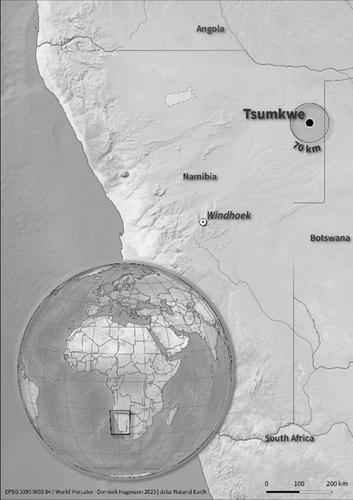Changes in weight status among “Ju/’hoansi” San hunter-gatherers between 1968/69 and 1987—The effects of nutritional transition, sex and age
Abstract
Background
Changes in lifestyle and dietary habits that hunter-gatherer populations have undergone in recent decades have often led to rising obesity rates with disastrous consequences for their health.
Objectives
The associations between dietary habits and weight status were studied in 238 “Ju/’hoansi” San (93 women and 145 men) aged between 18 and 65 years in northern Namibia in 1987. Weight status was estimated based on the World Health Organization body mass index (BMI) categories, and dietary habits were recorded using food recall methods. Anthropometrics and weight status were compared with those of a sex- and age-matched sample of “Ju/’hoansi” San people collected by Nancy Howell in 1968/69.
Results
Body weight had increased significantly among “Ju/’hoansi” San people from 1968/69 to 1987. The number of underweight people decreased from 1968/69 to 1987. In 1987, most participants (60.9%) were of normal weight. Overweight was found in 1.3% of the women, but not among men. No participants were obese. Less than 4% of the women and less than 2% of the men consumed exclusively traditional hunter-gatherer food. Westernized food products were significantly (p < 0.001) more common among men and younger people. Dietary patterns were significantly associated with weight status. The less traditional the diet, the higher the BMI (p < 0.001).
Conclusion
The transition to domestic agricultural and westernized foods was positively associated with increasing BMI. Overweight, however, was still an extremely rare condition in this population in 1987.


 求助内容:
求助内容: 应助结果提醒方式:
应助结果提醒方式:


